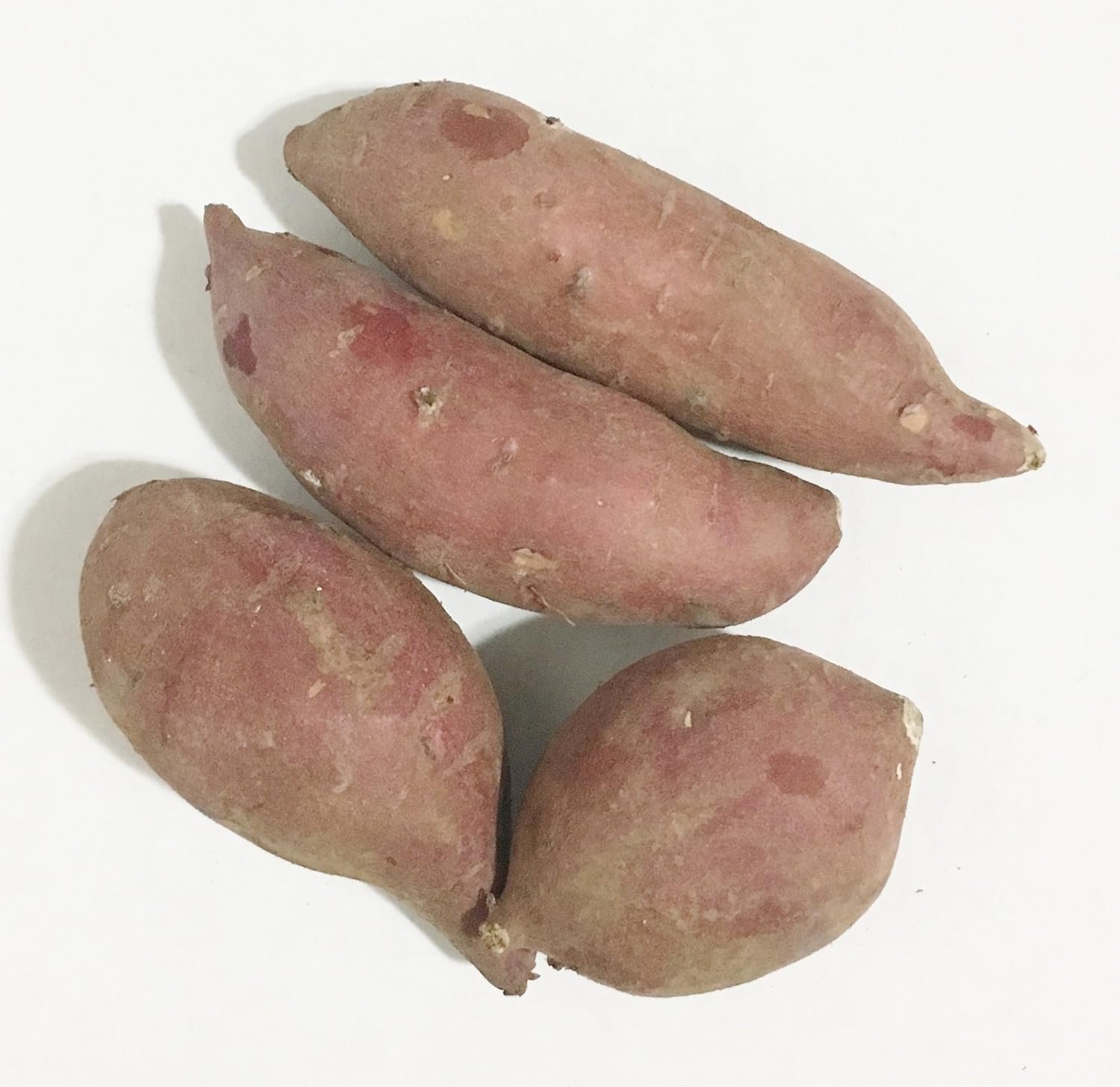While they are often mistaken for one another, yams and sweet potatoes are two totally different plants. The yam includes various species of the genus Dioscorea that are native to Africa. The Sweet Potato, Ipomoea batatas, is native to tropical portions of Central and South America, including the Caribbean.
Botanically, yams and sweet potatoes are not very close relatives. The yam is more closely related to lilies than the sweet potato, and the sweet potato is more closely related to morning glories than potatoes.
Yams are monocots and sweet potatoes are dicots. In the plant world, this is a fundamental difference not only in how certain structures appear, but also includes differences in the biochemical reactions that occur in plants from each group.
Columbus was reportedly responsible for spreading the sweet potato throughout the New World, including the present-day United States. Spanish explorers carried the sweet potato everywhere, even as far as Asia. The Portuguese carried sweet potatoes even farther, into India.
Columbus and other Spanish explorers also took the sweet potato to Europe, but the tropical plant never caught on as a basic food crop as it did in warmer parts of the world. In regions where the sweet potato could be grown easily and successfully, it rapidly became a staple food crop, both for humans and livestock.
Given the necessary mild temperatures, sweet potatoes will produce a crop even on very poor soils. They have few pests, the fast-spreading vines usually shade out any weeds that emerge, and the crop stores well after harvest.
A 1992 study by the Center for Science in the Public Interest compared the nutritional value of the sweet potato to other vegetables. It ranked highest, with Irish or white potatoes a very distant second.
The confusion between yams and sweet potatoes may be traced back to the days when sweet potatoes were a staple in plantation diets. African slaves called the sweet potato "nyami" from a Fulani word meaning "to eat," or from the Twi word "anyinam" referring a root crop common to Africa and Asia. Over time, many markets began to advertise sweet potatoes as yams, and the name stuck.
"What we traditionally eat on our Thanksgiving tables is most likely the sweet potato," said University of Illinois Extension horticulture educator Jennifer Schultz Nelson. "The names yam and sweet potato used to be used interchangeably in stores, but in recent years the USDA has tried to regulate use of the name. Any use of the word 'yam' to describe sweet potatoes must be accompanied by the name 'sweet potato.'"
There are over 600 different species of true yam, and probably just as many uses for them. They grow underground from a vine and vaguely resemble sweet potatoes, but tend to be more cylindrical, and often have "toes" sprouting from them.
"Many of them grow to astounding sizes, up to seven feet long and weighing 150 pounds," Nelson said. "Their flesh can be white to bright yellow, and the tuber is covered in a very tough skin that is difficult to remove.
"Many yams contain more sugar than sweet potatoes, but they must be prepared properly before they are safe to eat. Yams contain chemicals including oxalates that can have adverse health effects if eaten. Typically, yams go through cycles of boiling, pounding, and otherwise leeching out these harmful compounds before they are eaten."
Particularly in ethnic markets, yams are becoming much more commonly available in the United States. They grow much like a sweet potato, but need up to a year of frost-free weather before harvest. A sweet potato, by contrast, will take 100 to 150 days to harvest.
Sweet potatoes are grown from small sprouts taken from the eyes of the potato called "slips.” They will tolerate a wide range of soil conditions, but produce the best quality tubers in loose soils amended with sand and organic matter such as compost. Fertilizers should contain low levels of nitrogen and high levels of phosphorus to encourage tuber formation. 'Beauregard' and 'Georgia Jet' are two cultivars commonly grown in the United States."


